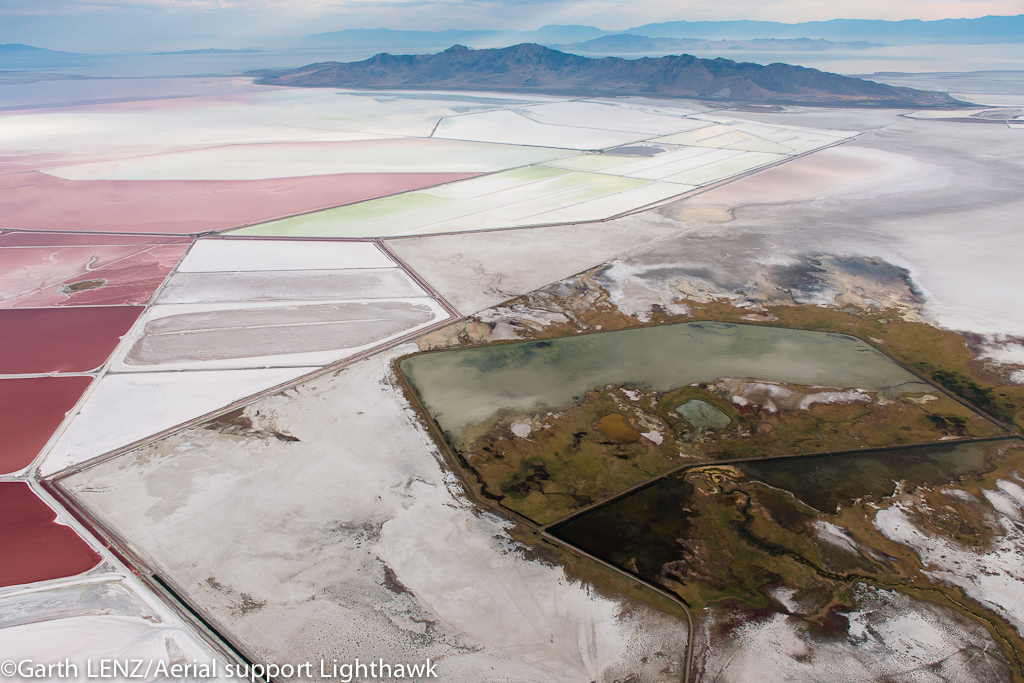Andrew Rupke

Minerals from the Brine: The Diverse Resources of Great Salt Lake
The brine of Great Salt Lake represents a significant economic mineral resource. The primary dissolved constituents found in the lake’s brine include sodium, magnesium, potassium, chloride, and sulfate, and all of these are extracted in some form. A number of mineral and metal products are produced from the lake including salt, potash, magnesium chloride, and magnesium metal. The potash, in the form of potassium sulfate, and magnesium metal from Great Salt Lake represent unique markets and the primary source of production of these materials in North America. The value of the minerals produced from Great Salt Lake is an important and reliable component of the total value of minerals produced in Utah. This presentation will delve into some of the details of extraction around Great Salt Lake and point out some of the distinctiveness of the resource.


 Download this page in PDF format
Download this page in PDF format